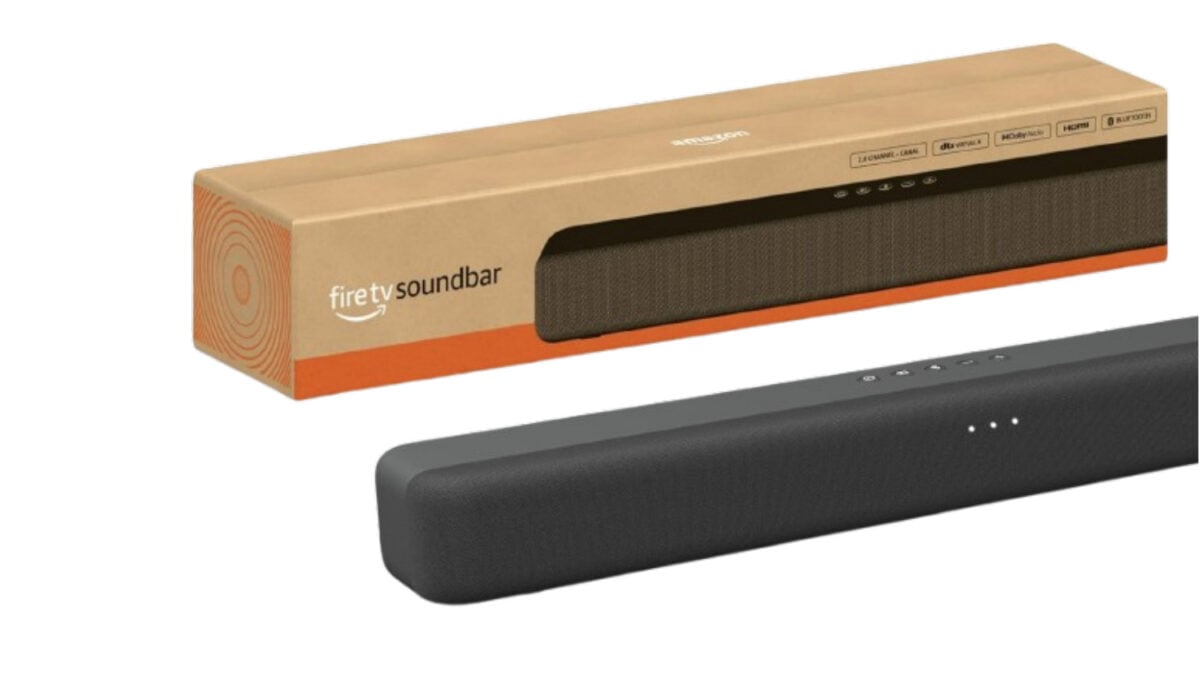Copyright forbes

Photo illustration by Cheng Xin/Getty Images Getty Images Deckers Outdoor Corp (NYSE: DECK) experienced a decline of nearly 12% following the release of its Q2 FY2026 results, even though it surpassed expectations in both revenue and EPS. The stock has now dropped 55% year-to-date. This sell-off was not a reflection of the company’s achievements, but rather of the outlook it provided. A prudent full-year forecast, coupled with tariff and consumer spending pressures, impacted market sentiment. However, beneath the surface, the quarter revealed a brand powerhouse that is continuing to execute effectively and discreetly positioning itself for long-term growth. Below are the key aspects you may have overlooked in Deckers’ Q2 2026 (quarter ending September). That being said, if you seek upward potential with less volatility than holding a single stock, consider the High Quality Portfolio. It has significantly outperformed its benchmark, which comprises a mix of the S&P 500, Russell, and S&P MidCap indexes, and has generated returns exceeding 105% since its inception. What drives this performance? Collectively, the stocks in the HQ Portfolio have produced superior returns while minimizing risk compared to the benchmark index, avoiding considerable fluctuations, as demonstrated in HQ Portfolio performance metrics. Additionally, take a look at – 3M Stock To Fall To $120? 1. Brand momentum remains intact—even under pressure HOKA continues to spearhead growth. The running shoe brand increased its market share by two points in the U.S. road-running sector and recorded mid-single-digit growth in wholesale sell-through. International HOKA sales surged nearly 30%, fueled by strong sales in Europe and Japan, while the brand’s direct-to-consumer (DTC) sales made up 39% of total revenue. Additionally, UGG (Deckers’ flagship brand) experienced low-teens growth in digital traffic and improved in-store conversion rates, suggesting that its brand equity remains resilient even amid a challenging discretionary spending environment. 2. Operational control is tightening While free cash flow captured headlines, the operations provide deeper insights. Inventory increased by just 7% year-over-year, indicating stricter supply-chain discipline despite shifts in demand across different regions and channels. Management reiterated its objective to enhance inventory turns by 0.5x in FY2026 while maintaining average selling prices steady to slightly elevated, through strong full-price sell-through—evidence that brand momentum remains strong even in a softer consumer environment. On the digital front, e-commerce accounted for 48% of DTC revenue, and return rates remained unchanged year-over-year, even with increasing volumes—demonstrating improved product fit and higher customer retention. MORE FOR YOU 3. Scaling for the next growth wave Deckers is strategically preparing for the upcoming growth cycle. The company currently operates 42 HOKA-owned stores globally, an increase from 34 a year prior, expanding its direct-to-consumer reach in essential markets. Wholesale activity remains healthy: reorder rates for UGG products were reported as “better than planned,” indicating a strong retail pull-through for the brand. These strategic advancements—an increase in DTC locations, streamlined inventory, and balanced channel distribution—position Deckers to respond swiftly once consumer spending normalizes. The takeaway Deckers’ Q2 results weren't a disappointment but rather a recalibration. After a period of notable outperformance, management is prioritizing brand control and margin integrity over near-term growth. The underlying data—market share gains, healthy DTC indicators, stable pricing, and leaner inventory—suggests that the business continues to outperform its sector. You may want to explore the Trefis Reinforced Value (RV) Portfolio, which has outperformed its all-cap benchmark (a combination of the S&P 500, S&P mid-cap, and Russell 2000 benchmark indices) to deliver strong returns for investors. What is the reason for this success? The quarterly rebalanced mix of large-, mid-, and small-cap RV Portfolio stocks offers a flexible strategy to leverage favorable market conditions while mitigating losses during market declines, as detailed in RV Portfolio performance metrics. Editorial StandardsReprints & Permissions



